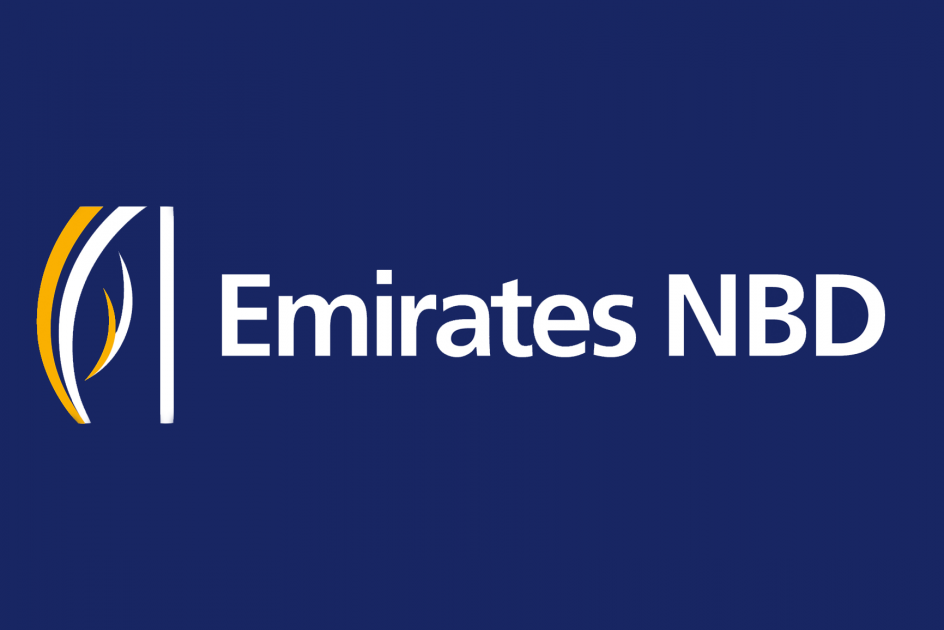
Emirates NBD CIO Weekly: More of the Same
Global equity markets continue to be range-bound, in spite of the ongoing easing efforts by policy makers, not least the monetary stimulus announced Thursday by the BOE’s governor and the monetary and fiscal measures devised by the Japanese authorities. In spite of the strong US employment report, data remains mixed elsewhere, hence we do not envisage any change to the current regime of relatively flat returns in risk assets.
In a low-growth world where there does not seem to be an imminent recession risk, we maintain a preference for credit over equities and for income-generating strategies in general. Although we notice some constructive dynamics unfolding, year-to-date we have witnessed an interesting cyclical rotation with value stocks outperforming, we hold the view that investors can enhance their portfolio return by being very selective and focusing on high-dividend-yielding companies and the global healthcare and technology sectors.
Last week delivered more of the same, only in outsized fashion: more stimulus from policy makers, with the Japanese new fiscal package, preannounced the previous week, running above 5% of GDP and the BOE pulling out all the stops to counter the negative post-Brexit effects on the economy. The governor Carney surprised investors positively, with a combination of traditional easing, more funding for banks and the resumption of asset purchases extended to corporate bonds. On the back of the BOE aggressive move, the FTSE100 is trading close to multi-year high valuations versus other equity markets and the spreads of UK high-grade corporate bonds are few basis points away from the lows they reached in early 2015. While UK risk-assets have already enjoyed a solid performance year-to-date, we think that yields on UK Gilts as well as the pound sterling may continue to remain under pressure.
Last week the US economy was once more at the forefront of the macro newsflow. Barely had we digested the news of a poor Q2 GDP number, when the labor report released Friday delivered a clear-cut beat versus consensus forecasts, with 255,000 new jobs created for the month of July, coupled with upward revisions to prior data. Although most strategists and economists are convinced that this data point significantly increases the chances of a rate hike for the current year, markets still think otherwise. Futures-implied odds of a US rate hike in December have failed to climb above 50%, most likely as investors are mindful of the Fed incorporating external risks to the US economy in its assessment of the outlook. With most central banks set to ease further by year end, one more US rate increase in 2016 would have the effect of strengthening the dollar significantly, a negative feedback for US earnings that the Fed might want to consider when assessing its next policy move.
The US equity markets seem to be equally unfazed by the outlook for a tighter policy, with the S&P500 closing at a record high last Friday and at a valuation of 20.5X trailing earnings, well above the long-term historical average between 15X and 16X. In spite of the comforting payrolls report US equities may be held back by non-cheap valuations and by the outlook for earnings mainly driven by the ongoing fall in productivity. Hence in the US we would screen for stocks with relative underperformance and benefitting from the current moderate recovery. We advise to wait to buy energy stocks until further stabilization in oil prices filters through to earnings.
Elsewhere data remains mixed and points to a sluggish outlook. The eurozone, for now showing no signs of economic distress from Brexit, continues to exhibit a discouragingly poor inflation outlook, in spite of the reflationary efforts put in by the ECB. In Germany the business sentiment gauge released by the IFO Economic Research Institute showed a poor reading for the expectations component and the economists polled by the IFO mentioned they see inflation for the euro area fall in line with the ECB goal only in 5 years’ time, as compared to the 2018 ECB timeline. In the UK a business survey pointed to manufacturing activity slumping post Brexit, with some economists not ruling out the possibility of a mild recession in the coming quarter. In Australia deflationary pressures are starting to make themselves felt, with the yearly price index at 1% and the monthly gauge in negative territory in July, forcing the RBA to ease policy by 0.25% at its latest policy meeting. The overall picture is one of a global economy shrugging off Brexit, but still lacking momentum in the foreseeable future.
In Japan almost two thirds of Topix companies have reported Q1 ‘17 results, with earnings falling 12% year on year. Two sectors, telecom and healthcare, are delivering positive earnings growth. The strengthening of the yen has been a major drag on Japanese corporate profitability in the last few quarters. Current currency strength will likely drive another round of earnings downgrades for the upcoming quarters. However, after buying time at the current meeting, the BOJ is expected in September to extend asset purchases and push rates further in negative territory, which should dent yen strength.
The emerging markets seem to be a relatively brighter spot, where we advise investors add to exposure. EM industrial production should have bottomed out versus the developed economies, as China stabilizes and the commodity slump has come to an end. A private gauge of the Chinese manufacturing sector pointed to its expansion in July for the first time since February 2015, a sign stimulus measures are having the desired effects. EM equities are cheaper than DM according to various metrics and EM bonds offer a substantial yield pickup; both should be further boosted by the plentiful global liquidity and the outlook for a milder tightening cycle in the US.
Asian debt, on the back of solid fundamentals and abundant liquidity, remains well bid. High-yield issuers took center-stage in the primary markets last week, with a total new issuance of US$1.35bn and additional US$610mn raised via re-taps. India-related primary deals were the key focus via the Masala bonds which saw a good reception.
In India the Upper House approved unanimously the Goods and Services Tax, which will bring a breath of fresh air into the Indian tax system as it replaces national, state and local taxes with a unified value added tax. This could make India a truly single market and potentially boost its gross domestic product growth (by 1.5% to 2% according to estimates over the next five years). At present, taxes account for about 25% of the final consumer price of Indian-made goods, because of the compounded effect of taxes upon taxes. While the initial rate for the new GST is yet to be decided, it is likely to be in the range of 18% to 20% leading to lower consumer prices, potentially boosting demand and lowering inflation. Logistic costs will also be reduced as inspections at state borders will no longer be required. Implementation is still some time away, planned for April 2017.
With the Sensex at 28,000 Indian equities are up 7.5% for the year, basically in line with the performance of the MSCI EM Index in local currency. Materials, consumer discretionary and industrial companies have to-date been the best performers, in keeping with our India consumer theme. We advise that investors accumulate Indian equities on weakness as we expect more potential upside, taking into account the favorable monsoon season and earnings largely beating expectations.
The IMF expects the Saudi budget deficit to narrow to just under 10% of GDP in 2017, praising the fiscal adjustment which is underway. They see a credible plan and are pleased with the progress made so far, which is however dependent on the outlook for the price of crude oil and on rising investments and employment in the private sector.
The dollar index, a gauge of the US dollar versus DM currencies, has risen more than 1% from its August lows, rallying Friday on the back of the strong US labor market report. The probability of a rate rise for the month of September has increased to 17% following the release, showing little investor conviction that the Fed will tighten at the next policy meeting. It is not unlikely that Janet Yellen upgrades the outlook for the US economy at the Jackson Hole annual conference on August 26th, sending investors scrambling for dollars. Hence we continue to have positive bias on the US dollar within the G10 currency universe.

























